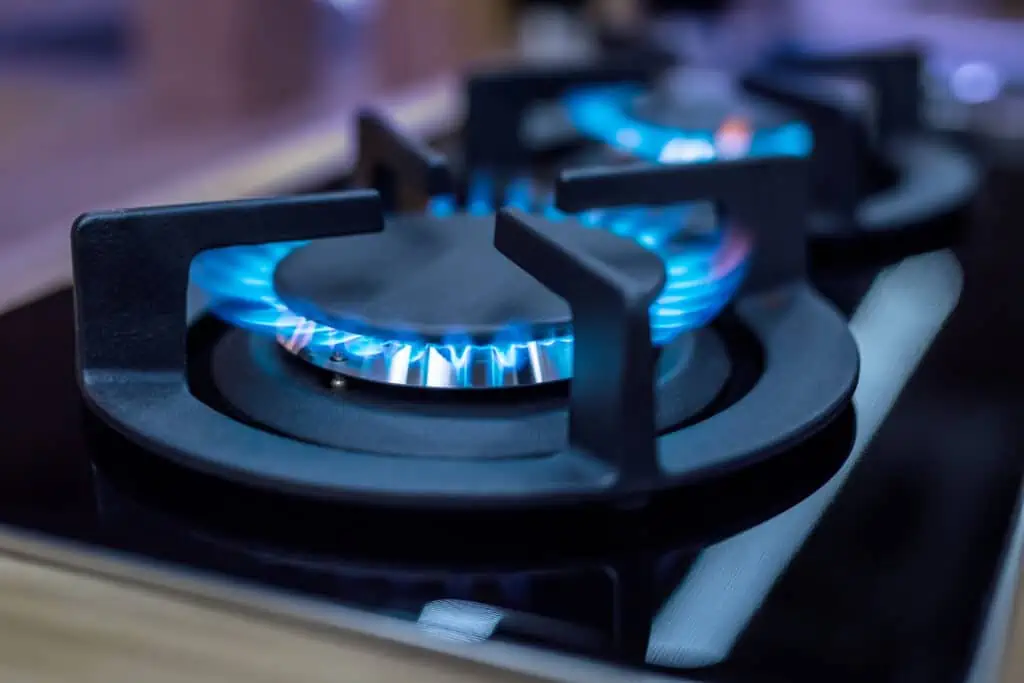The image above may be the first thing that comes to mind when your hear natural gas but the process of finding, extracting and producing natural gas is much more complex than just turning on your stove.
Natural gas is primarily made up of methane, a compound with one carbon atom and four hydrogen atoms. Natural gas also contains smaller amounts of natural gas liquids (also known as NGLs) and carbon dioxide and water vapor. We use natural gas as a fuel and for the production of materials and chemicals
Natural gas is an efficient and relatively clean-burning fossil fuel as it produces fewer emissions of air pollutants and carbon dioxide compared to coal and petroleum.
Natural gas is the U.S.’s largest source of electricity generation at roughly 40%
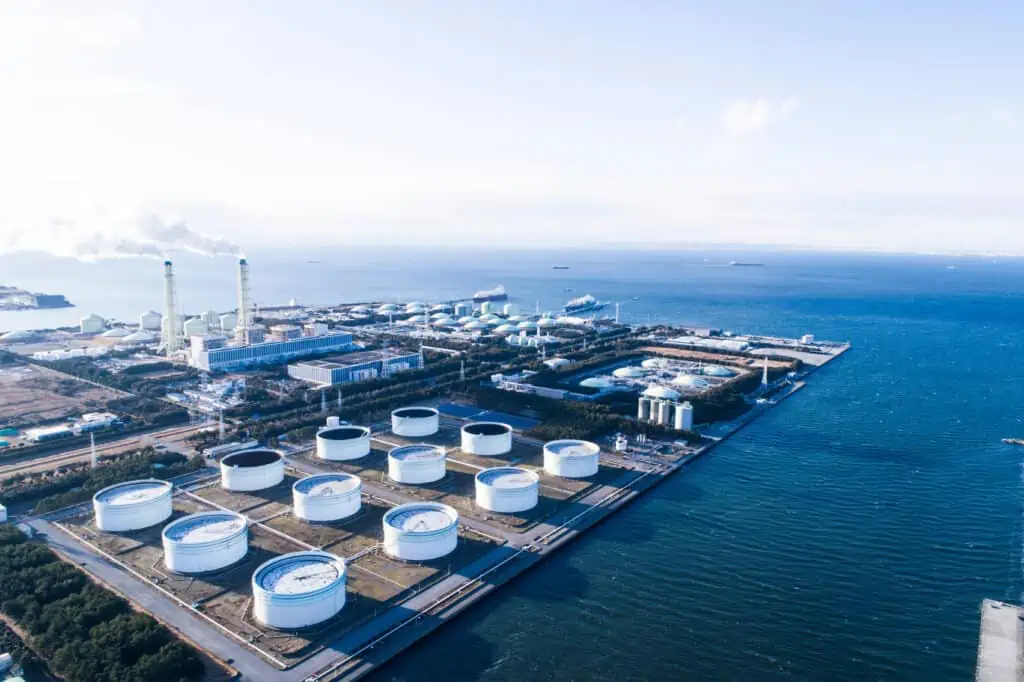
Where is Natural Gas Found?
Natural gas is found in various types of geologic formations. In some places, it moves into cracks and spaces between rock layers, known as conventional natural gas. In other locations, it’s trapped in small pores within sedimentary rocks like shale and sandstone, called shale gas or tight gas, categorized as unconventional natural gas.
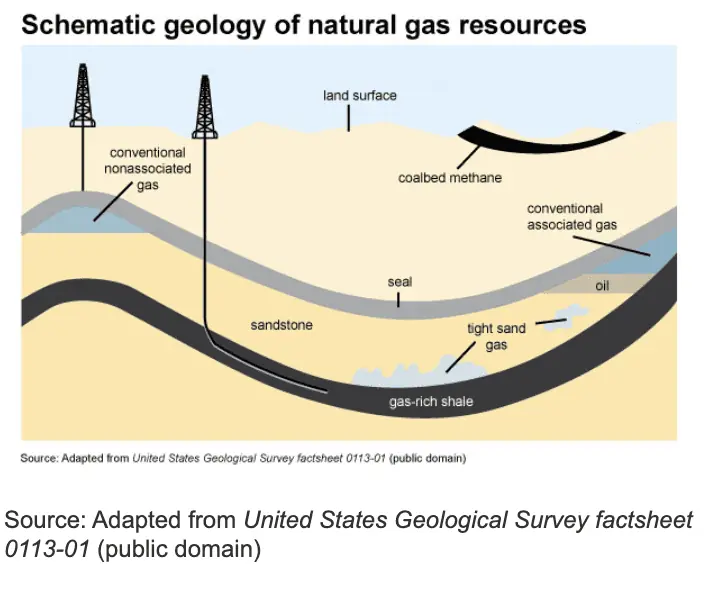
Natural gas can also be associated with crude oil deposits, known as associated natural gas. These deposits can be found on land, offshore, as well as under the ocean floor. Additionally, natural gas found in coal deposits is referred to as coalbed methane.
How is Natural Gas Produced?
In the United States and some other countries, natural gas is produced from a process called hydraulic fracturing or fracking. The natural gas is produced from shale and other types of rock formations by a process of forcing water, chemicals, and sand down a well under high pressure.
Fracking breaks up the formation, releases the natural gas from the rock, and allows the natural gas to flow to and up wells to the surface. At the top of the well, natural gas is collected in gathering pipelines and sent to natural gas processing plants.
Environmental Impacts
The exploration, drilling, and production of natural gas can have environmental impacts. Geologists exploring for natural gas on land can disturb vegetation and soil. Drilling wells requires clearing and leveling land, leading to air pollution and disruptions to people, wildlife, and water resources. Pipelines for gas transport also involve land clearance and disturb wildlife.
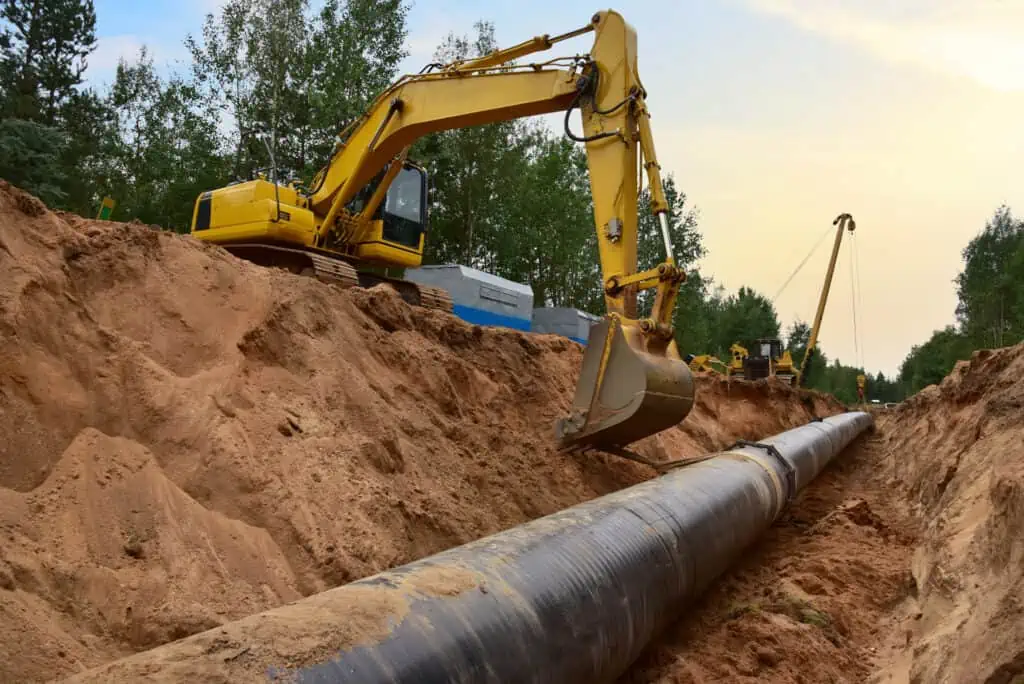
How is Natural Gas processed for Sale and use?
Natural gas extracted from wells – referred to as wet natural gas.
Then, nonhydrocarbons like sulfur, helium, nitrogen, hydrogen sulfide and carbon dioxide are removed before selling the gas to consumers. The gas is then transported from the wellhead to processing plants, where water vapor and nonhydrocarbon compounds are removed, and NGLs (natural gas liquids) are separated and sold separately.
In some cases, natural gas from the wellhead meets pipeline standards without processing. Odorants are added to detect pipeline leaks, and dry natural gas is sent through pipelines to underground storage or distribution companies for delivery to consumers.
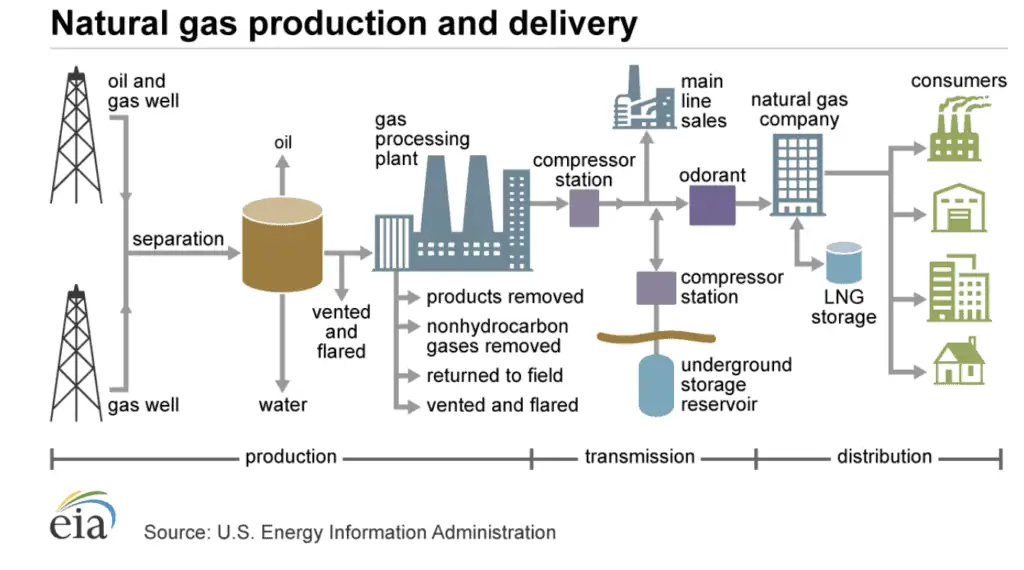
Most of the natural gas consumed in the U.S. is produced in the US. A small amount of natural gas is also imported as liquefied natural gas.
